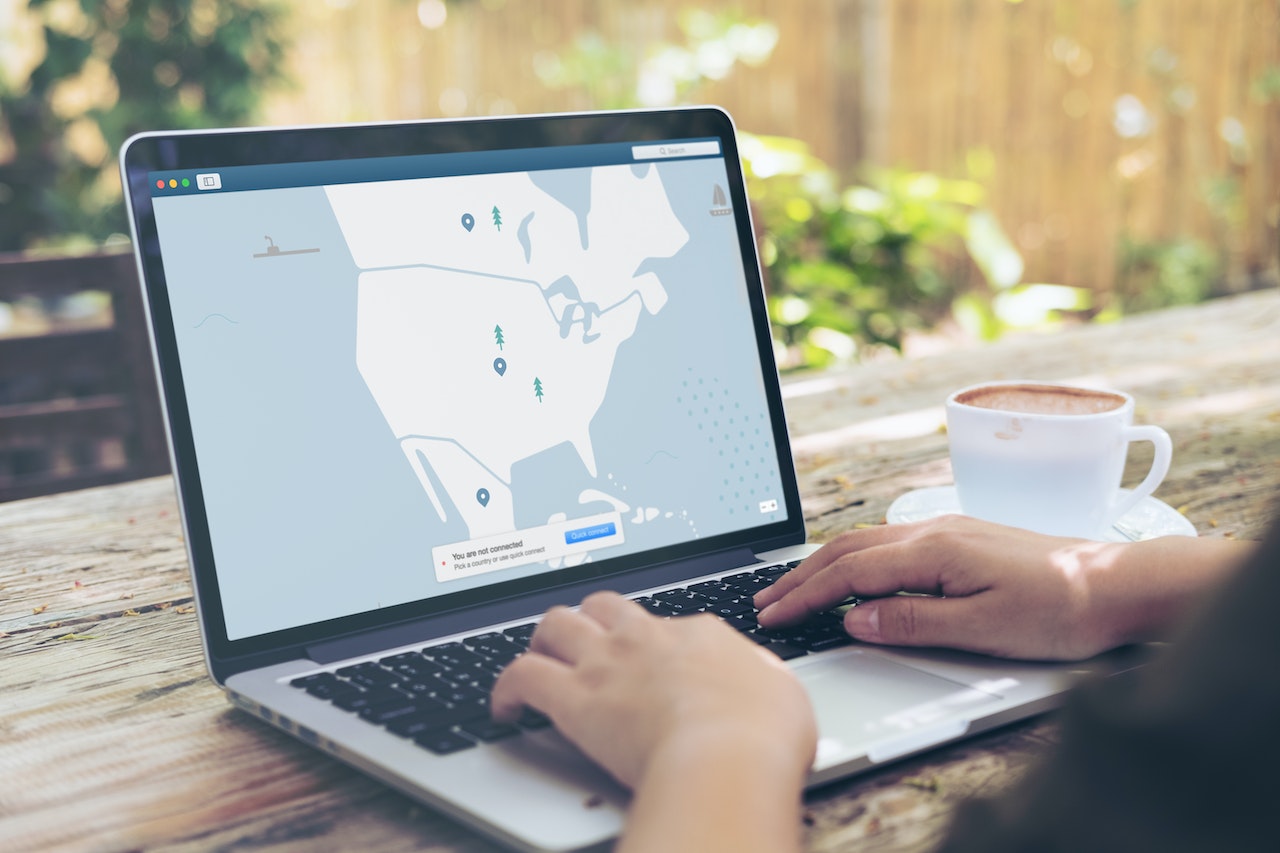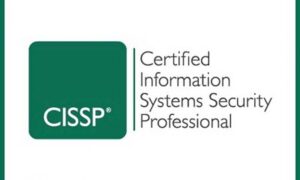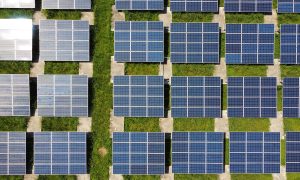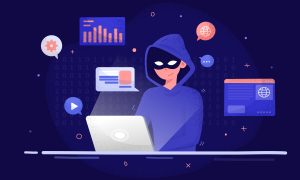A Virtual Private Network (VPN) offers a reliable solution by encrypting your internet connection and routing it through a secure server. Whether you’re concerned about safeguarding sensitive data, bypassing geo-restrictions, or preventing third-party tracking, setting up a VPN is an effective way to protect your online activities.
Full Guide to Setting Up a VPN
Setting up a VPN may seem like a complex task, but with our step-by-step guide, you’ll find the process straightforward and accessible. Follow these simple instructions to establish a VPN connection and unlock secure internet access.
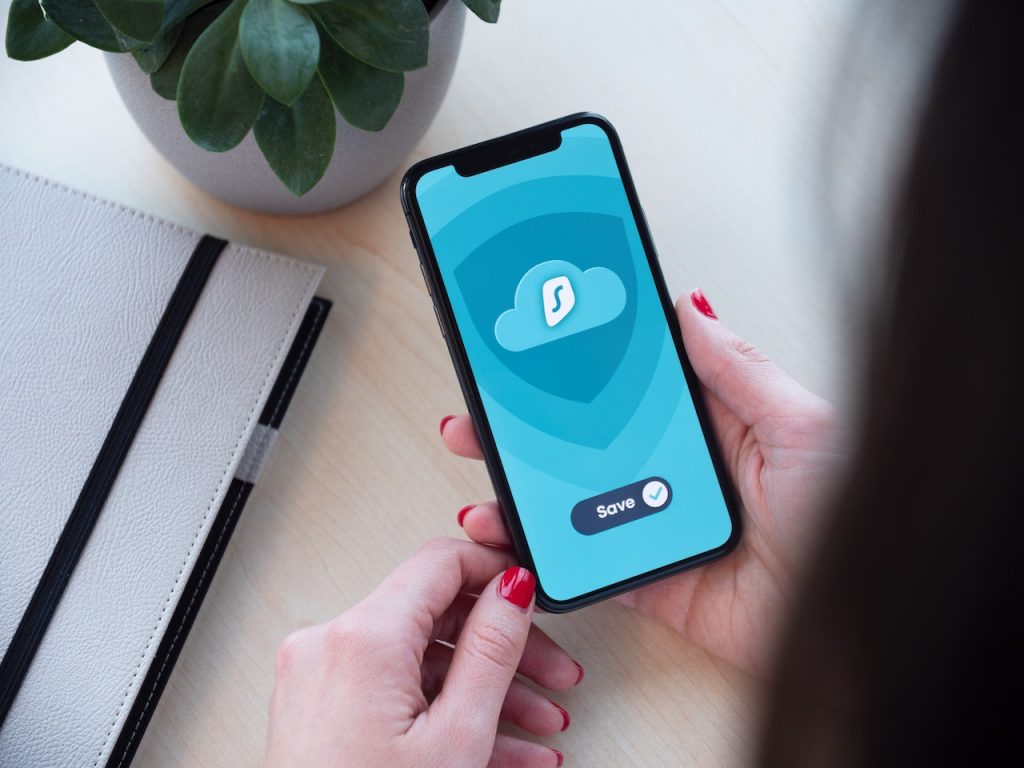
1. Research VPN Providers and Choose the Right One
Before diving into the setup process, it’s crucial to select a reliable VPN service provider. Consider factors to choose the best VPN provider such as server locations, encryption protocols, connection speed, and user reviews to make an informed decision. Once you’ve chosen a provider that aligns with your needs, proceed to the next step.
2. Sign Up and Set Up Your Account
Visit the VPN provider’s website and sign up for an account. Fill in the required details and choose a suitable subscription plan. After completing the registration process, you’ll receive login credentials, which you’ll need to proceed with the setup.
3. Download and Install the VPN Application
Once you have your account credentials, navigate to the VPN provider’s website and locate the download section. Choose the appropriate version of the VPN application for your device’s operating system, whether it’s Windows, macOS, iOS, or Android. Initiate the download and follow the installation instructions provided.
4. Launch the VPN Application
After successfully installing the VPN application, locate it on your device and launch it. You’ll be prompted to enter your login credentials (username and password) that you received during the sign-up process. Enter the details correctly to proceed.
5. Connect to a VPN Server
Upon launching the VPN application, you’ll be presented with a user-friendly interface that allows you to connect to a VPN server. Choose a server location based on your preferences or the desired region for accessing geo-restricted content. Click on the “Connect” or “On” button to establish a VPN connection.
6. Verify Your Connection
Once the VPN connection is established, you should see a notification or indicator confirming a successful connection. You can visit websites like whatismyip.com to ensure that your IP address reflects the location of the VPN server you are connected to. This step verifies that your internet traffic is now securely routed through the VPN.
7. Customize VPN Settings (Optional)
Most VPN applications offer customization options to enhance your experience. Explore the settings menu to configure preferences such as protocol selection, automatic connection on startup, or enabling a kill switch for added security. Adjust these settings according to your requirements.
8. Test Your VPN Connection
To ensure that your VPN is functioning properly, perform a few tests. Visit websites that were previously inaccessible due to geo-restrictions and confirm if you can access them now. You can also use online tools to check your IP address and ensure it matches the VPN server location. Successful access and IP verification indicate a functioning VPN connection.
9. Connect to Different VPN Servers (Optional)
Depending on your VPN subscription, you may have access to servers in various locations worldwide. Experiment with connecting to different servers to explore the benefits of geolocation flexibility and experience varying internet speeds. Remember to disconnect from the current server before connecting to a new one.
10. Maintain Software Updates and Security
Regularly updating your VPN application is essential to benefit from the latest security patches and improvements. Keep an eye on updates released by your VPN provider and install them promptly. follow general cybersecurity best practices such as using strong, unique passwords, enabling two-factor authentication, and keeping your operating system up to date.
FAQs
1. What is a VPN, and why do I need VPN?
A VPN, or Virtual Private Network, creates a secure and encrypted connection between your device and the internet. It protects your online activities, secures your data, and allows you to bypass geo-restrictions. You need a VPN to enhance your online privacy, access restricted content, and ensure a secure internet connection, especially when using public Wi-Fi networks.
2. Can I use a free VPN instead of a paid one?
While free VPN services exist, they often come with limitations such as data caps, slow speeds, and intrusive advertisements. Some free VPN providers may compromise your privacy by logging and selling your data. It’s recommended to choose a reputable paid VPN service that offers better performance, privacy features, and customer support.
3. Can I use a VPN on multiple devices simultaneously?
Yes, most VPN providers allow simultaneous connections on multiple devices using a single account. The number of devices you can connect simultaneously may vary depending on the VPN provider and your subscription plan. Refer to your VPN provider’s documentation or contact their support for specific details.
4. Will using a VPN slow down my internet speed?
Using a VPN can potentially decrease your internet speed due to the encryption and routing processes. reputable VPN providers strive to minimize this impact and offer fast and reliable connections. Choosing a server closer to your physical location and connecting to a less crowded server can help improve your internet speed while using a VPN.
5. Can I use a VPN to access streaming services like Netflix?
Yes, VPNs can often bypass geo-restrictions, allowing you to access streaming services like Netflix, Hulu, or BBC iPlayer from anywhere in the world. Keep in mind that streaming platforms employ various techniques to block VPN connections, and not all VPN servers may work with them. Check with your VPN provider to ensure compatibility with your desired streaming services.
6. Are VPNs legal to use?
VPNs are generally legal to use in most countries, including the United States, Canada, and the United Kingdom. Some countries have restrictions on VPN usage or limit access to certain VPN providers. If you’re unsure about the legality of VPN usage in your region, consult local laws or seek legal advice.
Conclusion
In an era where online privacy and security are paramount, setting up a VPN is a proactive step toward protecting your digital presence. By following our comprehensive step-by-step guide, you can establish a VPN connection with ease. Remember to choose a reputable VPN provider, configure the necessary settings, and regularly update your VPN application for enhanced security. Embrace the benefits of secure and private internet access with a VPN.

